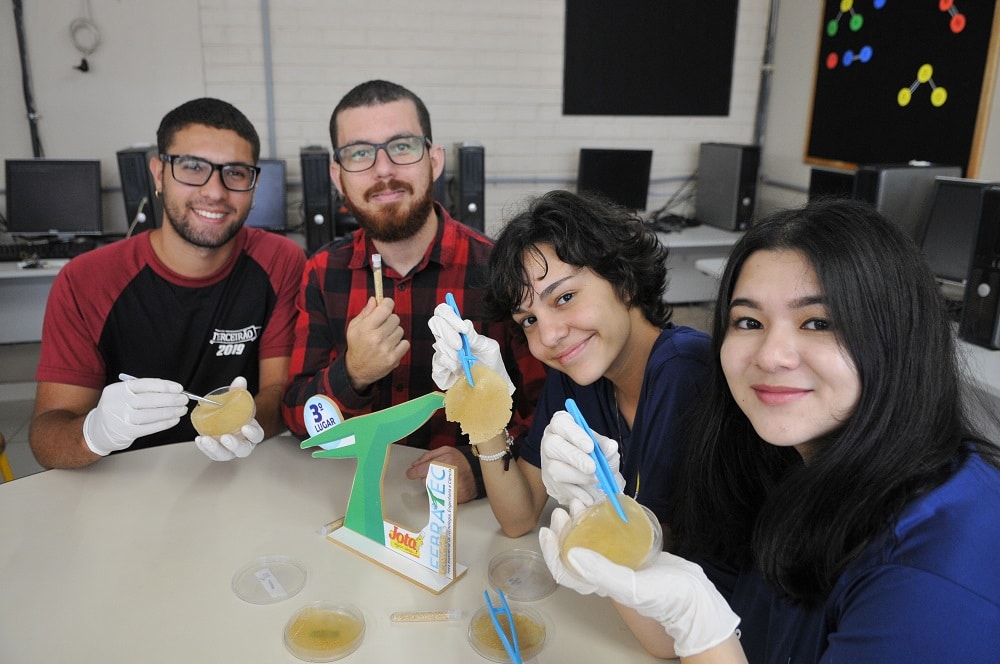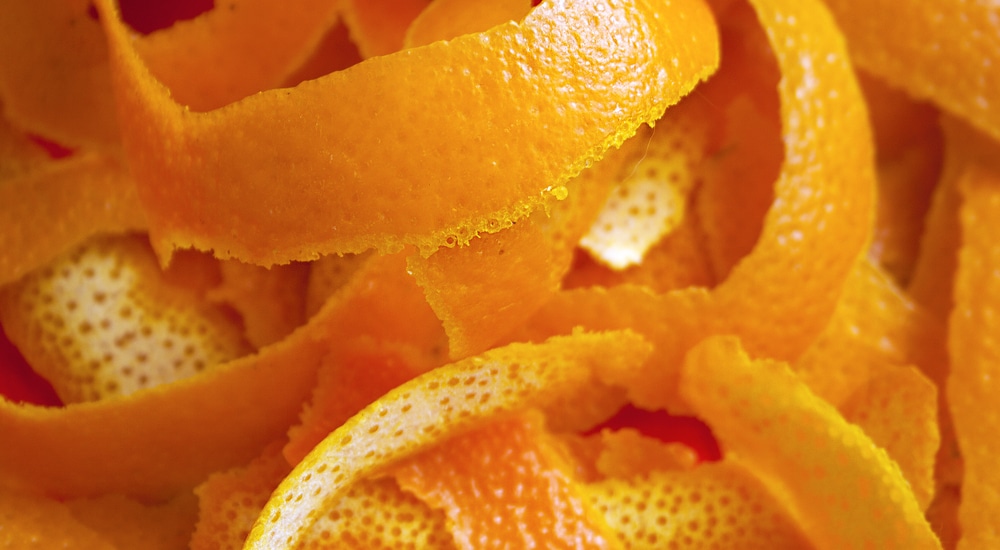A project developed by students from a public school in the Federal District proposes an innovative way to turn orange peels into biodegradable plastic. The invention was originally presented at the Centro de Ensino Médio 02 science fair, which is located in the administrative district of Gama, and the invention has already received several awards, such as second place in the 2020 World Invention Competition and Exhibition (WICE) in Malaysia.

Due to the Covid-19 pandemic, the event was held online, without the authors having to travel to collect the award at hand.
publicity celebrity
A new opportunity to draw the attention of the international scientific community to the project could occur through the London International Youth Science Forum, which is about to take place in the capital of England, between 27 July and 10 August.

For this purpose, 20-year-old Kazue Nishi, who now runs the project alone, has created a virtual crowdfunding to raise the R$20,000 needed to participate. “It is an event that takes place annually in London at Imperial College London and brings together many young scholars from all over the world for lectures, discussions, visits to Cambridge and Oxford universities, science museums, lab visits, project presentations and, of course, cultural exchange,” said the young woman.
Comedian Paulo Vieira revealed on Twitter that he would be giving away tickets to London and encouraged his followers to help out with the rest of the expenses, which include the registration fee, which must be paid by July 1.
So far, 8,465.68 Brazilian reals have been collected. To contribute, go to kitty page Organized by Kazue.
Understand how to turn orange peels into biodegradable plastic
The initiative came to light in August 2019, when Kazue and colleagues Barbara Wengler and Lucas Silva decided to search for a solution to help reduce the environmental impacts of irregular plastic disposal.

“The main objective of this project was to produce biodegradable plastic, with the aim of offering an environmentally and economically attractive solution to two major environmental pollutants: waste from the orange industry and plastics derived from petroleum,” according to a presentation of the work of young scientists.
Read more:
According to the United Nations (UN), plastic is one of the main pollutants of the environment. Orange peel, in turn, contains high levels of organic matter, which makes it a highly polluting agent when improperly disposed of.
The biodegradable plastic production process is divided into two stages: pretreatment and solution preparation. In the first, the peels are washed for 3 days to remove the dissolved sugars. After that, it is dried and crushed into a powder.
To prepare the solution, deionized water, citric acid, and glycerin are mixed with orange peel powder. This solution was placed in a water bath for 1 hour at 70°C with constant stirring.
Once this is done, the obtained solution is distributed into Petri dishes to dry for four to seven days in an impromptu solar-powered wood greenhouse.
“This procedure allowed us to obtain transparent films, with a very good optical appearance, and a low production cost, believing that they are attractive to industry,” the authors wrote.
They say the mechanical properties can still be improved, with the addition of methodologies that make it possible to obtain a more resistant and moldable material, which can be used to manufacture various products, to efficiently replace petroleum-derived plastics.
Have you seen our new videos on Youtube? Subscribe to our channel!

“Wannabe internet buff. Future teen idol. Hardcore zombie guru. Gamer. Avid creator. Entrepreneur. Bacon ninja.”

